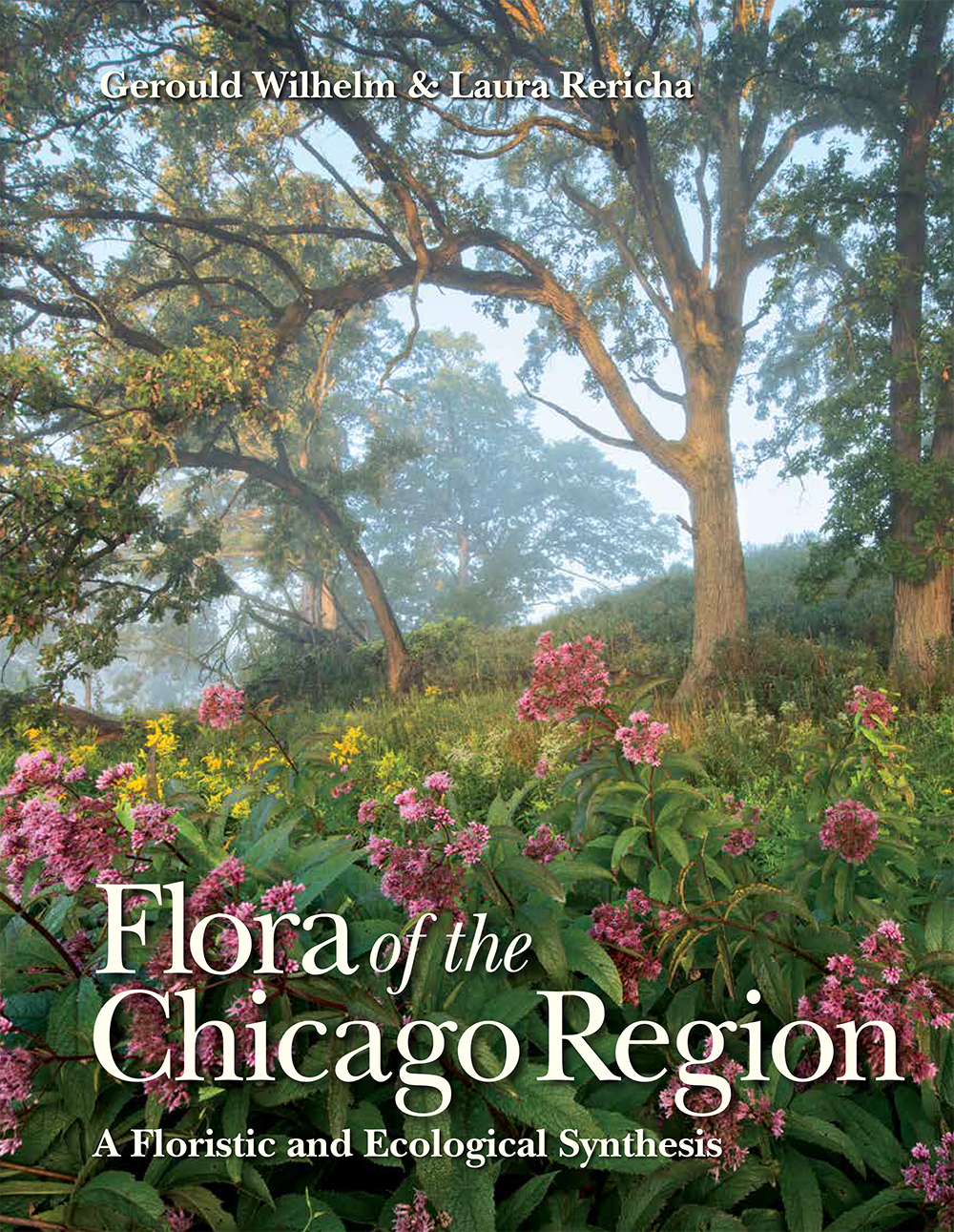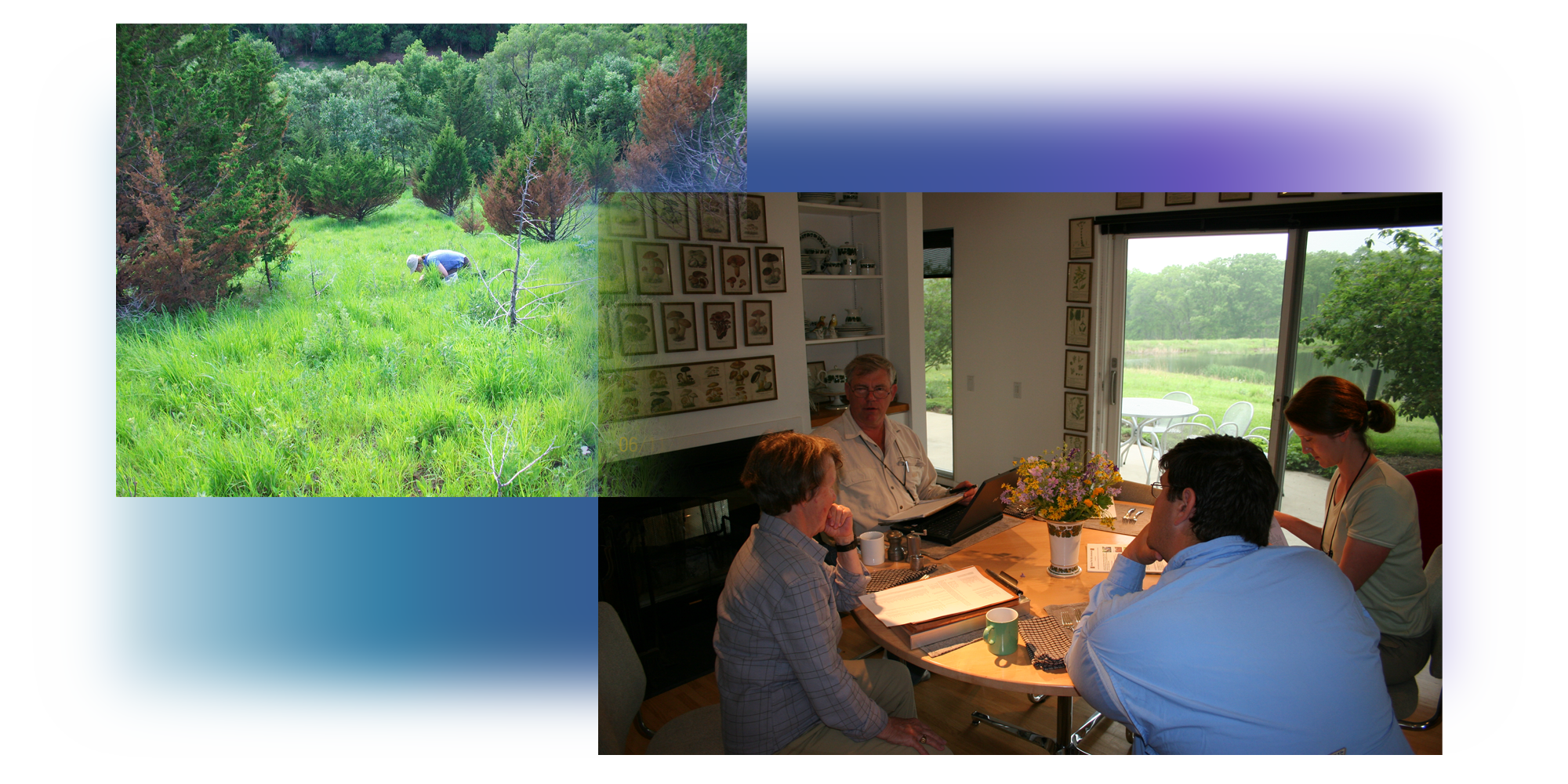
Research Projects
OUR RESEARCH GOALS
All of the research interests of scientists who are affiliated with the Conservation Research Institute are geared to the identification, understanding, and management of irreplaceable natural remnants. Our focus arises from the recognition that only through the advancing of the knowledge of organisms are we able to contribute to these goals.
Conservation Research Institute is devoted to the study of the harbingers of truth, the bearers of beauty, the living things that together in their fecundity and richness nurture our humanity. They believe the extent to which Chicago area citizens become aware of their understanding and access to such wonders they will become more inclined to love them, nurture them, and preserve them for Chicagoans in perpetuity.
CURRENT RESEARCH PROJECTS
The Bees of the Southern Lake Michigan Region Project

Andrena aliciae female collecting pollen from Helianthus strumosus in remnant savanna

Nomada graenicheri male on Helianthus strumosus in remnant savanna with Andrena aliciae

Colletes andrewsi female collecting pollen from Heuchera richardsonii in remnant dry-mesic gravel hill prairie
Laura Rericha-Anchor and CRI research associates Robert Jean and Michael Arduser continue to work on the Bees of the Southern Lake Michigan Region monograph, a work discussing the regional distributions of 523 bee species identified by the authors. The paper also highlights the phenologies, habitat preferences, faunal associations, and life histories of the region’s bees.
The Southern Lake Michigan Region consists of 53 counties in the following four states: Wisconsin (SE/SC), Illinois (NE/NC), Indiana (NW/NC), and Michigan (SW). Observed have been numerous bee species that are conservative to certain natural divisions, such as the Rock River Hill Country in north-central Illinois and the Kettle Moraine Area of south-eastern Wisconsin.

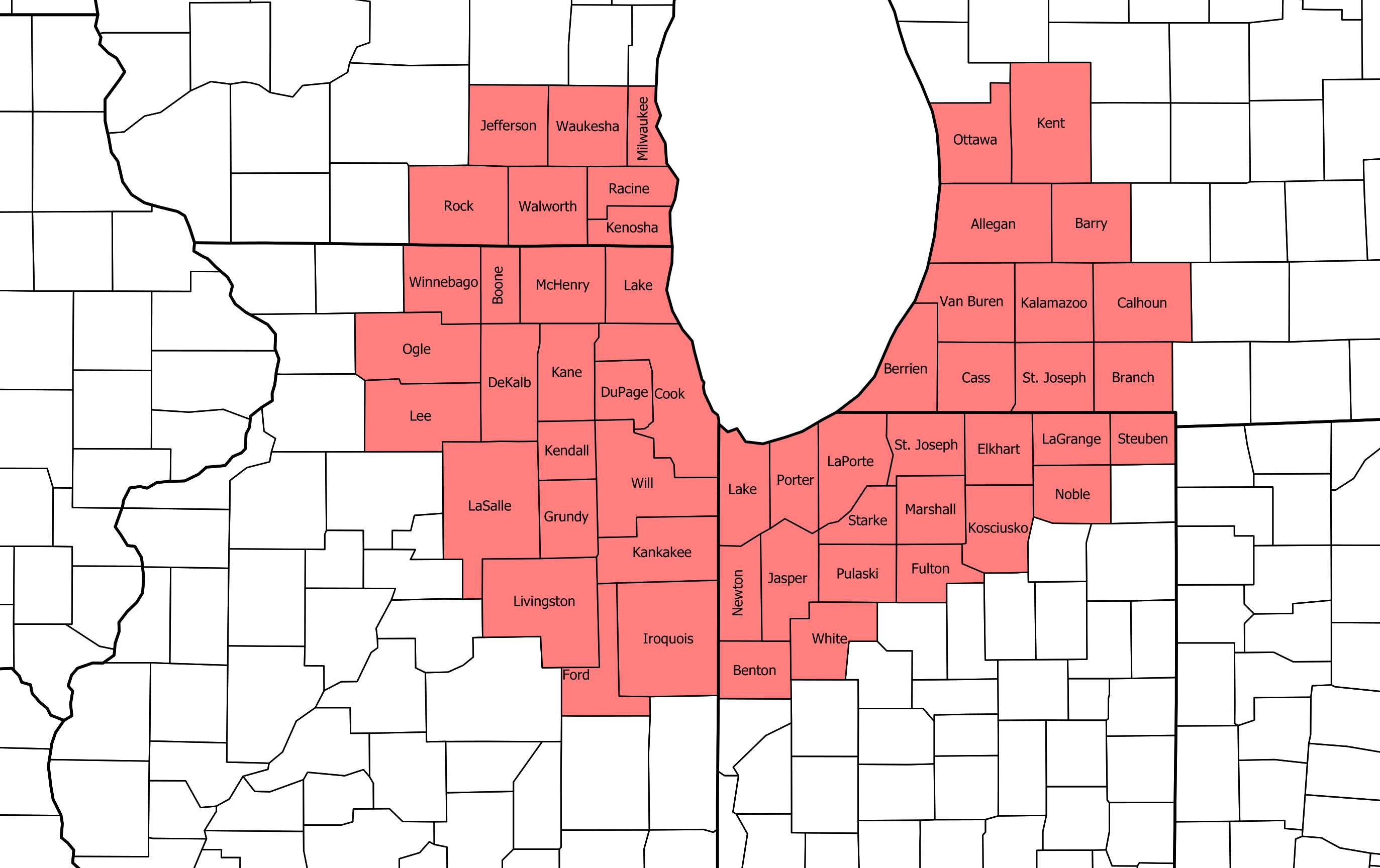
Throughout the region numerous species are found reliably in remnant habitat types, such as in gravel hill prairies and oak savannas, on their preferred plant hosts. One such example is Colletes andrewsi, a pollen specialist of Heuchera richardsonii or prairie alumroot. Native to the region, this prairie species is on the eastern edge of its geographic range. Locally, it is conservative to gravel hill prairies and wet to dry-mesic outwash prairies in Illinois and Wisconsin. Interesting is that, in Illinois, this bee associates with another alumroot specialist, Colletes aestivalis. As each portion of the region is studied, more bee species will be added, the fauna still incomplete.
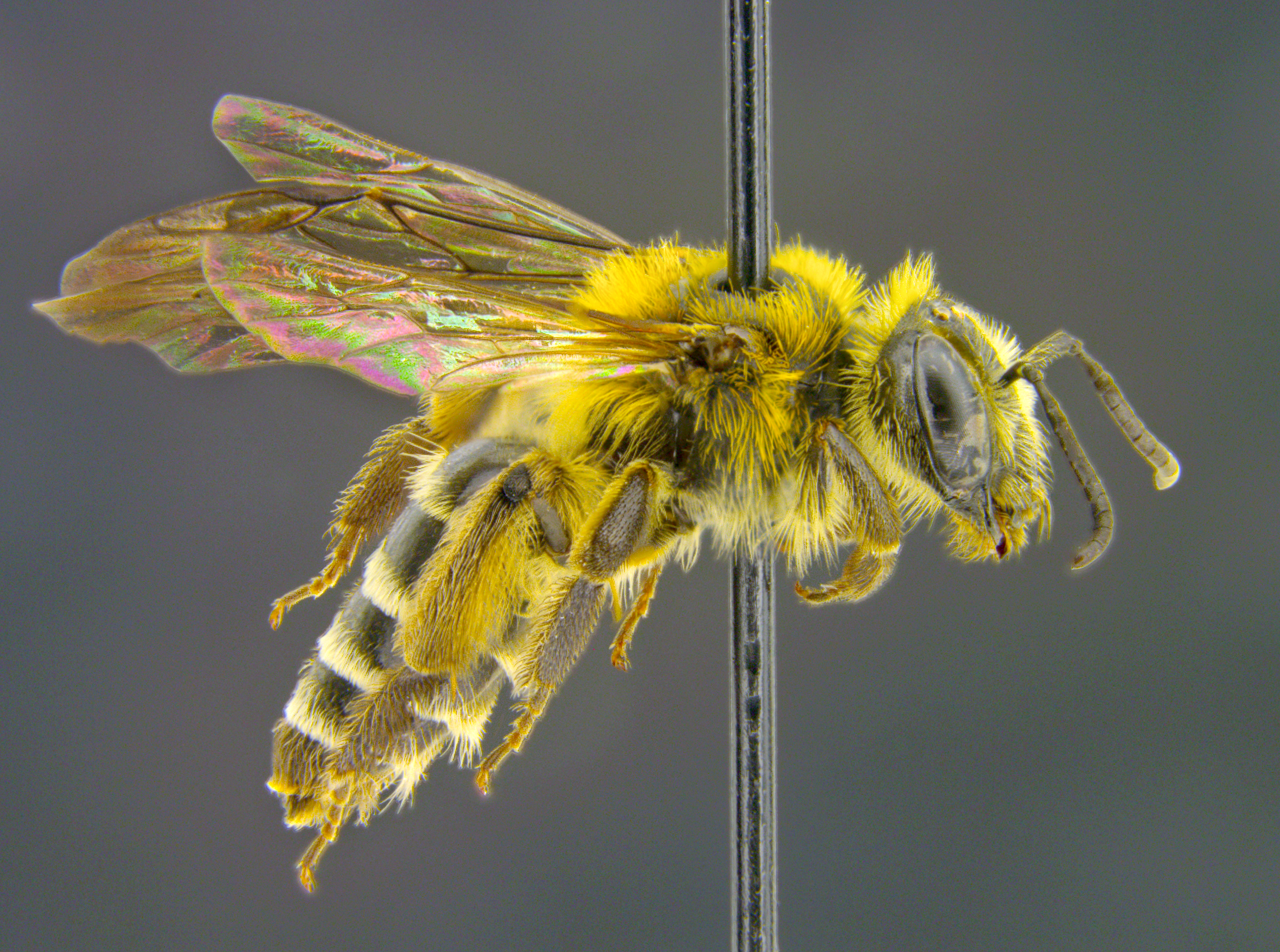 Andrena chromotricha female
Andrena chromotricha female
 Melissodes wheeleri male
Melissodes wheeleri male
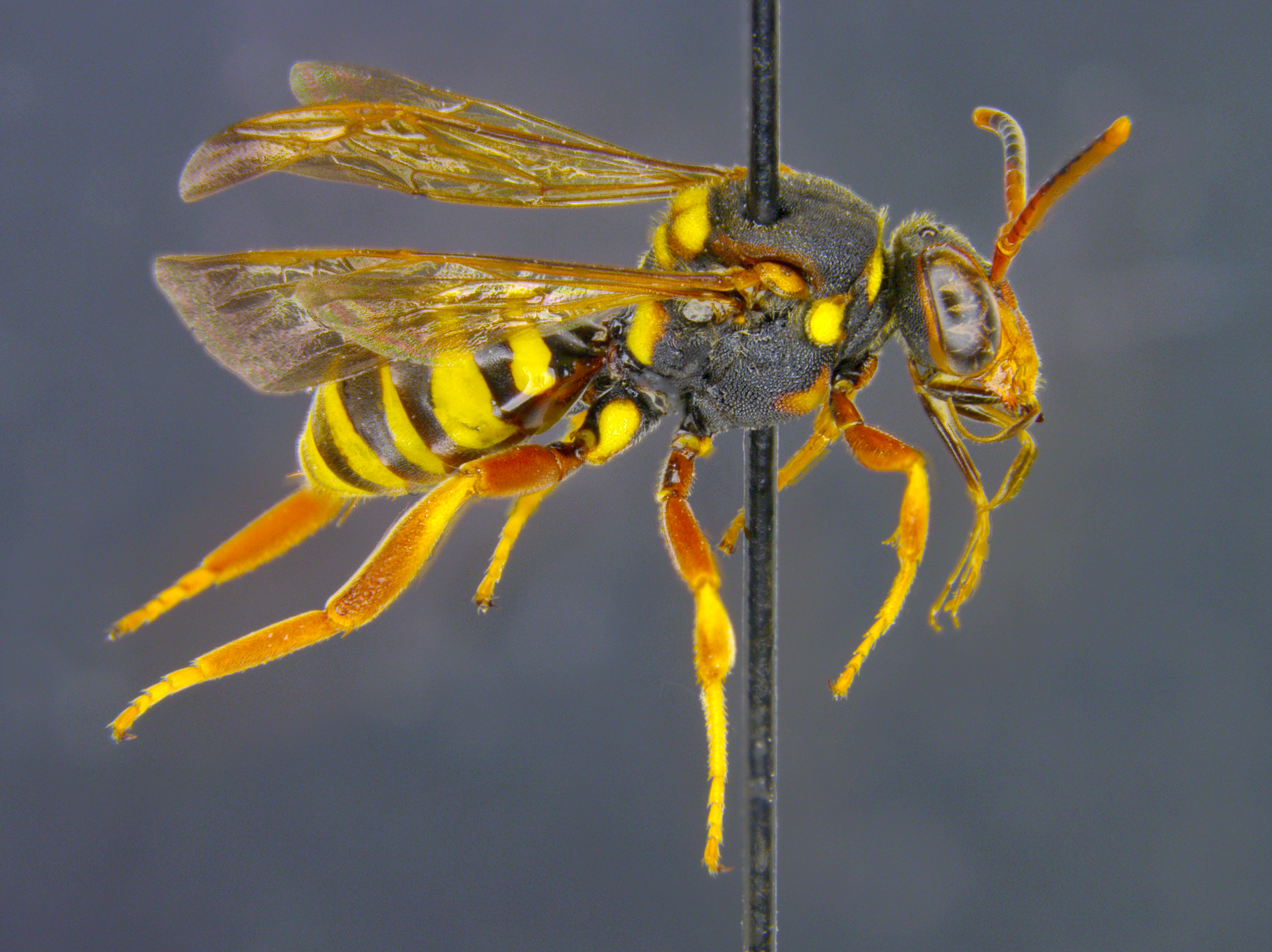 Nomada vincta female
Nomada vincta female
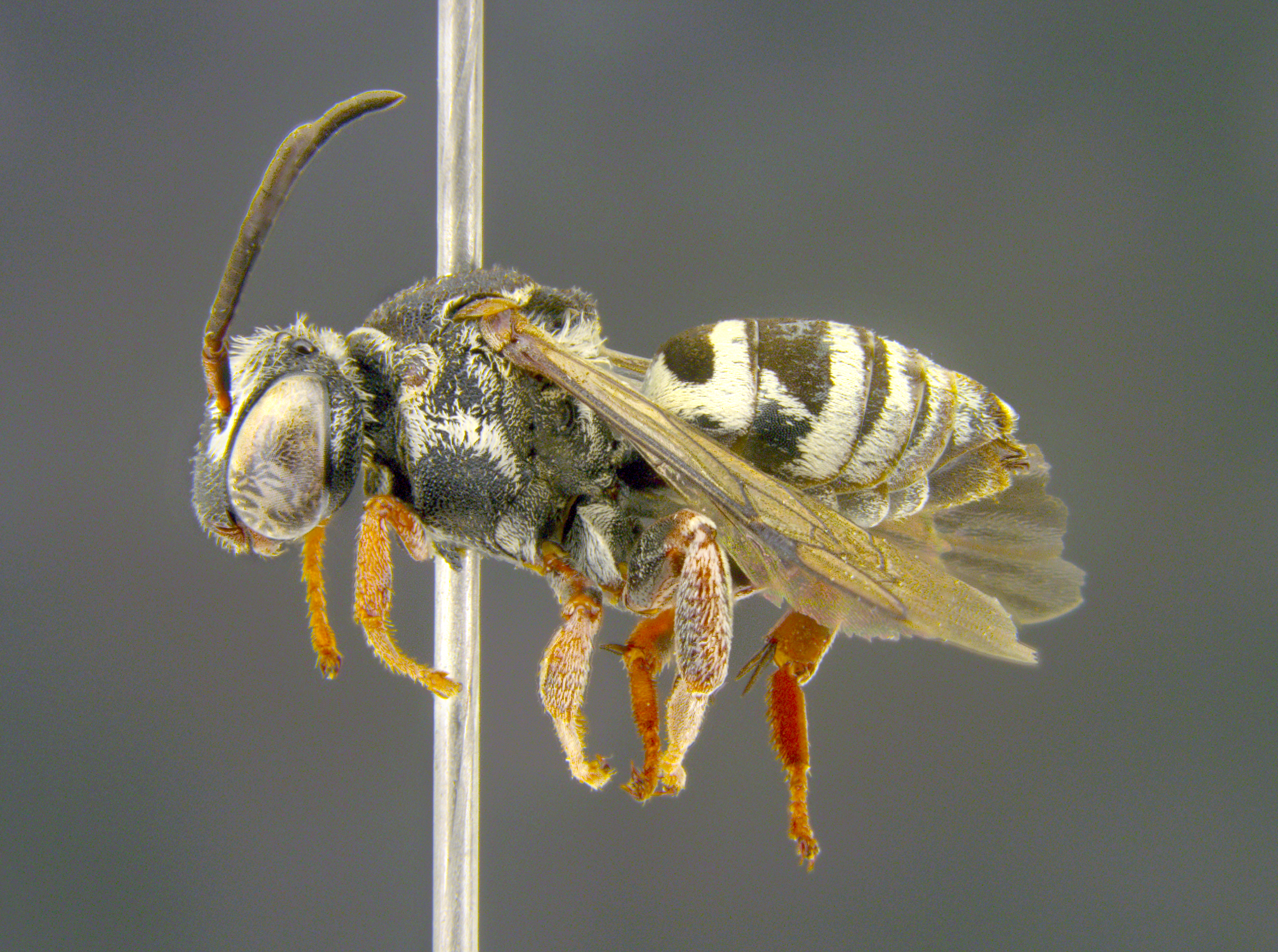 Triepeolus rhododontus female
Triepeolus rhododontus female
 Colletes andrewsi male
Colletes andrewsi male
 Dieunomia triangulifera female
Dieunomia triangulifera female
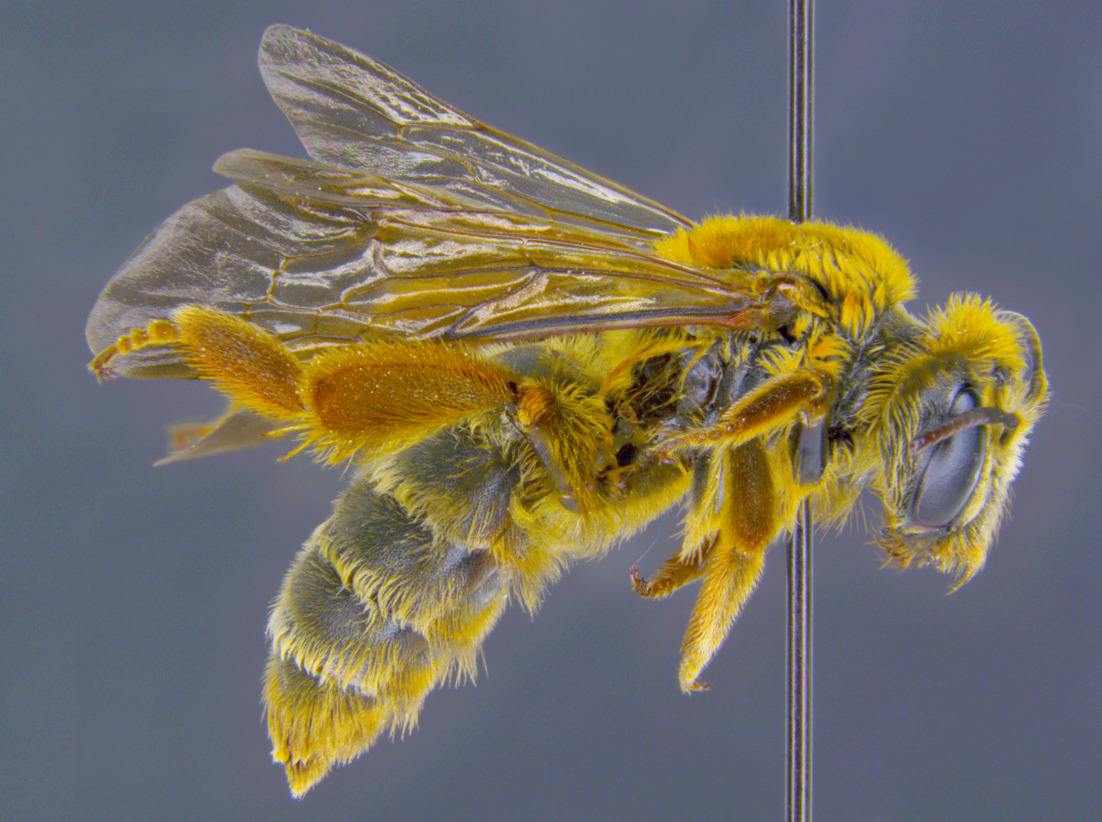 Andrena helianthiformis female
Andrena helianthiformis female
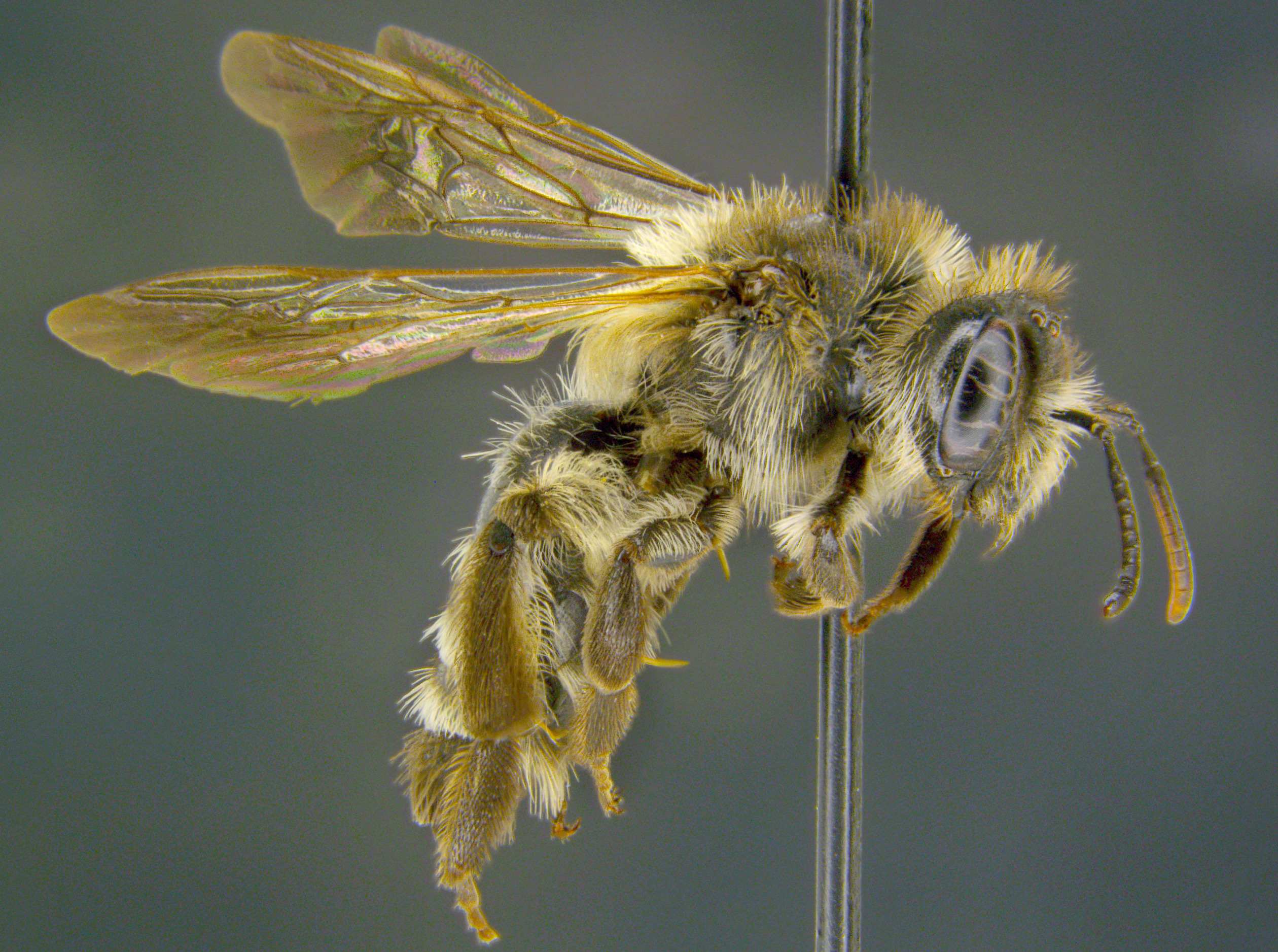 Andrena runcinatae male
Andrena runcinatae male
Bee Habitats
 Regularly burned complex of dry-mesic savanna and prairie
Regularly burned complex of dry-mesic savanna and prairie
 Colletes andrewsi & C. aestivalis habitat. Remnant dry-mesic gravel hill prairie with abundant Heuchera richardsonii
Colletes andrewsi & C. aestivalis habitat. Remnant dry-mesic gravel hill prairie with abundant Heuchera richardsonii
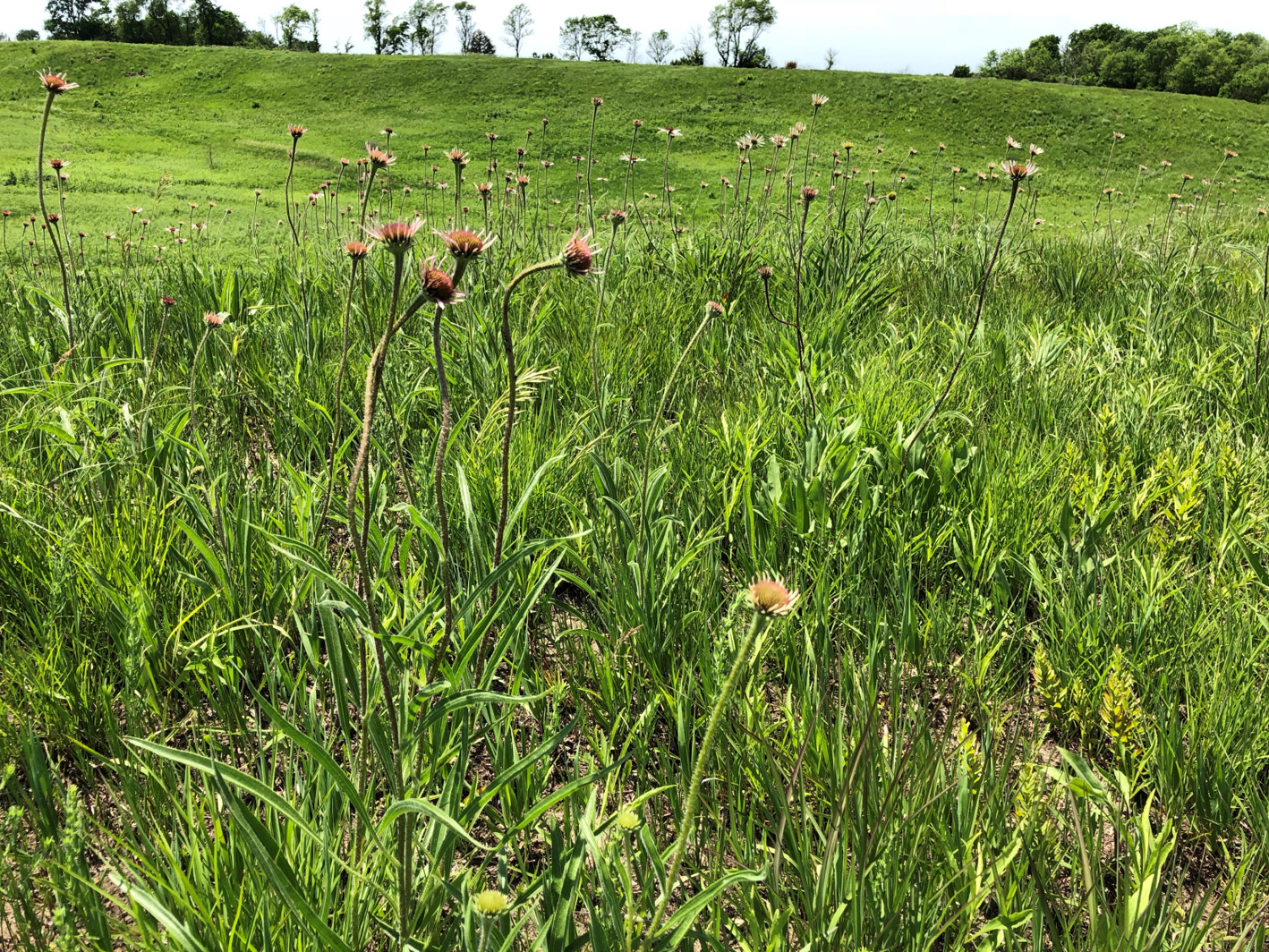 Dry-mesic gravel hill prairie with Echinacea pallida, the pollen host for Andrena helianthiformis
Dry-mesic gravel hill prairie with Echinacea pallida, the pollen host for Andrena helianthiformis
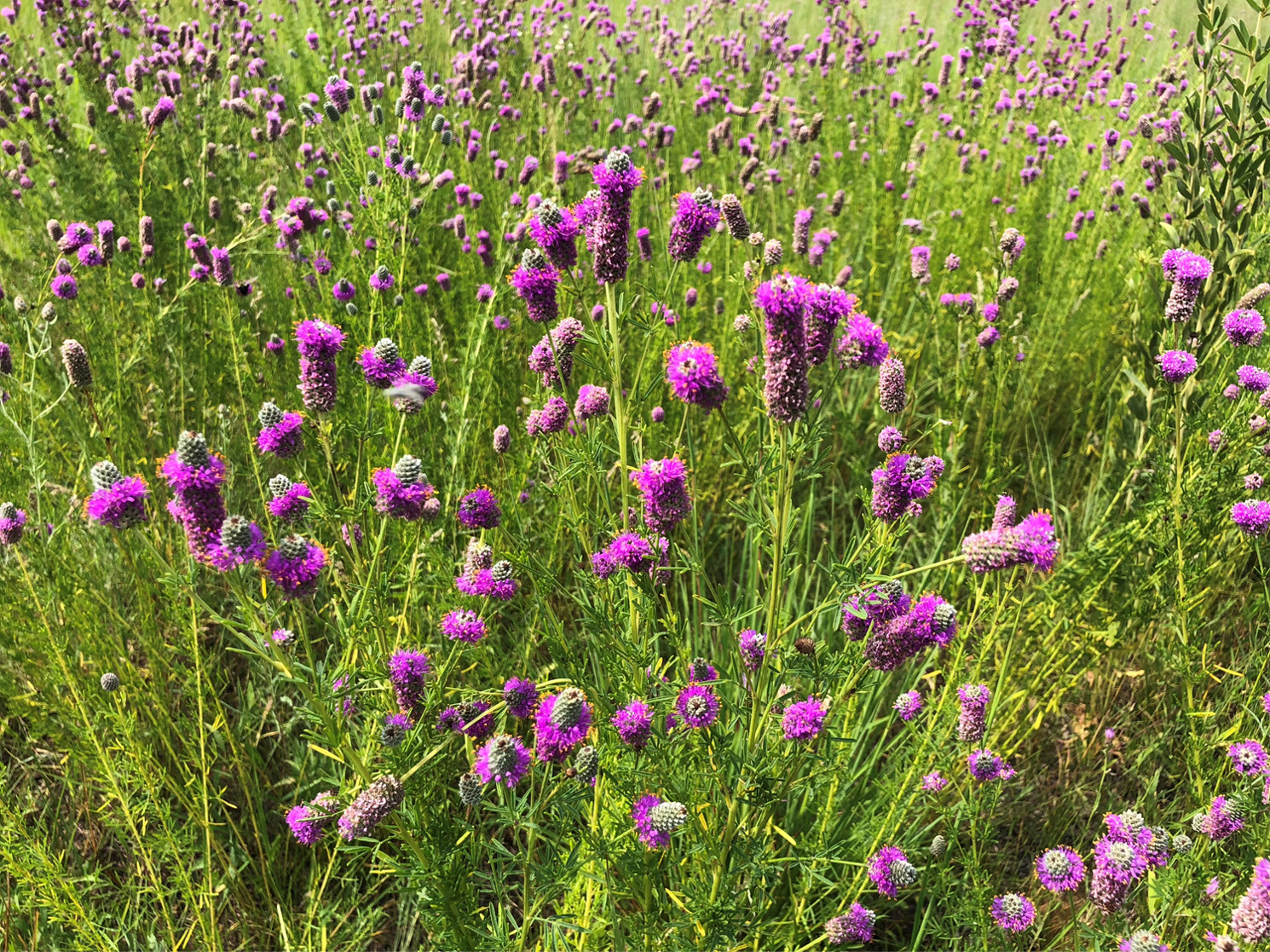 Dry-mesic prairie with Dalea purpurea, a pollen host for Colletes susannae and C. kincaidii
Dry-mesic prairie with Dalea purpurea, a pollen host for Colletes susannae and C. kincaidii
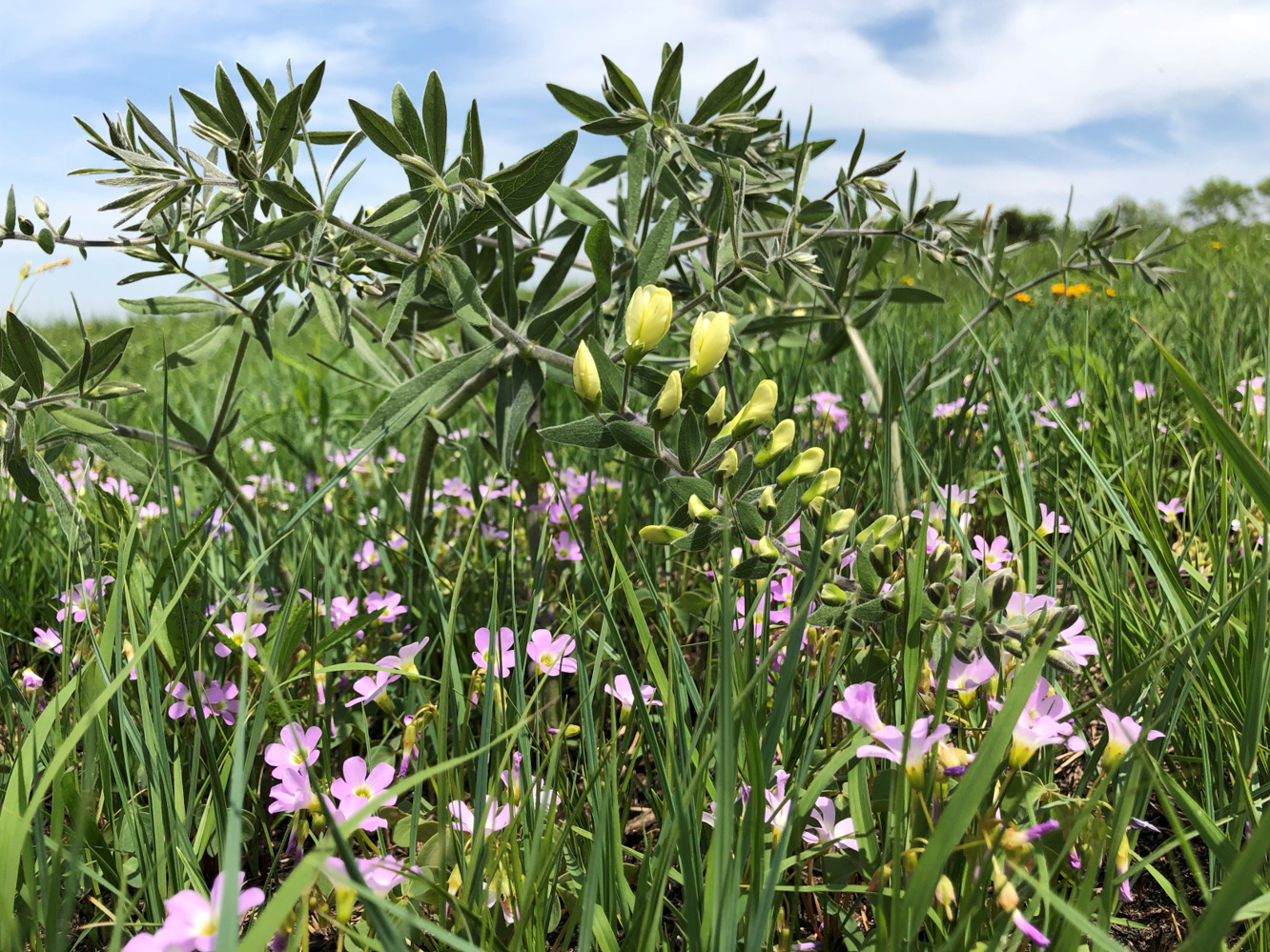 Remnant dry-mesic prairie
Remnant dry-mesic prairie
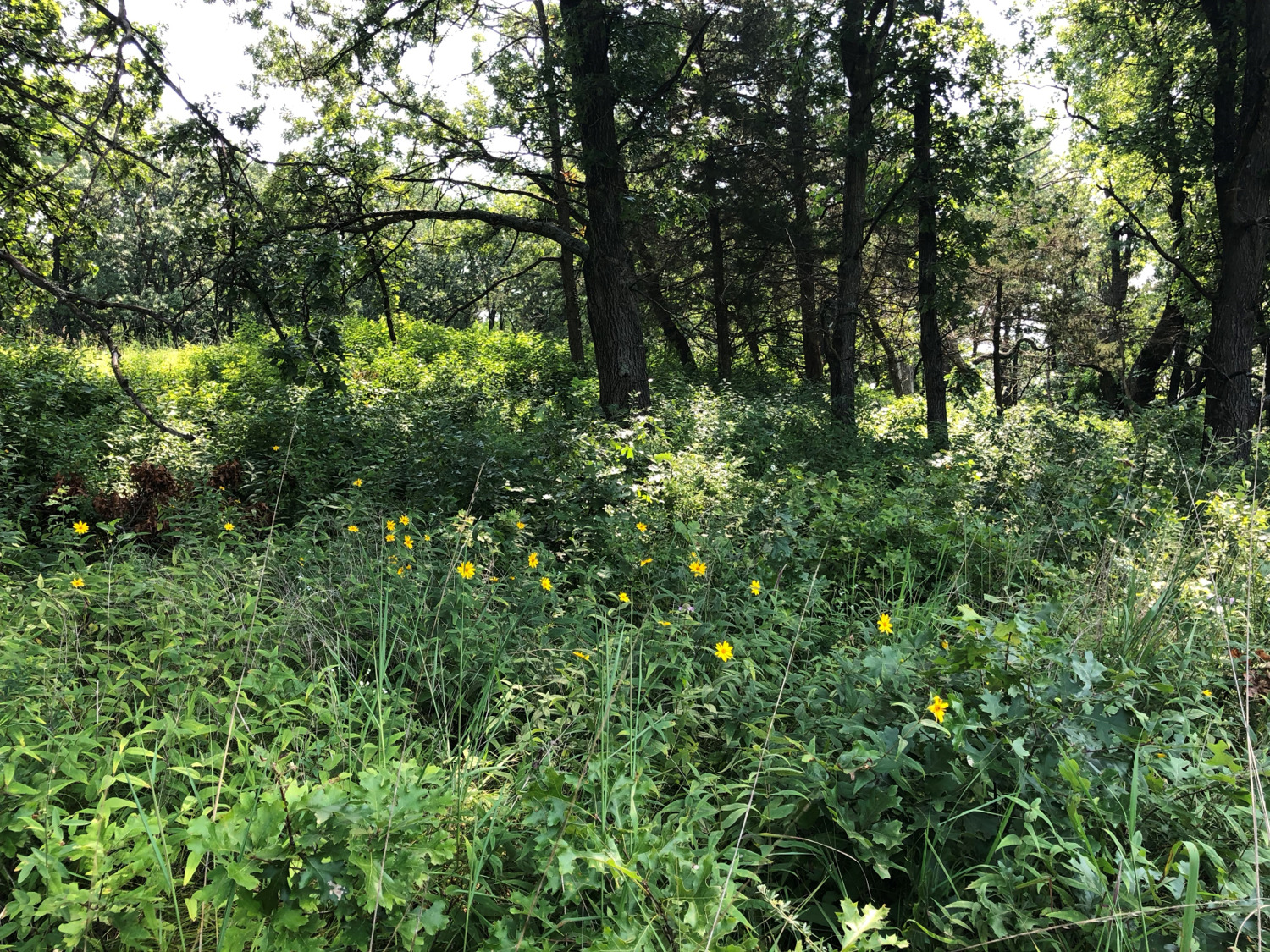 Remnant dry-mesic savanna in early August
Remnant dry-mesic savanna in early August
Keys to identify bees
Conservation Research Institute is pleased to have as a research associate Michael Arduser, a retired biologist with the Missouri Department of Conservation and extraordinary bee taxonomist. Mike has worked for years on the keys presented in the associated files below. Please note, however, that one should examine the "READ THIS FIRST" file for an introduction to this fantastic resource.
Laura Rericha-Anchor is also creating keys to identify bees. As an example, see the attached photographic key for females of the genus Megachile, the leafcutter bees.
- 1. READ THIS FIRST
- 2. List of keys as of October 2, 2020
- 3. Bee genera of TGP and midwest
- Agapostemon of the tallgrass prairie region and greater midwest
- Andrena subgenera of the tallgrass prairie region and greater midwest
- Anthidiellum of the tallgrass prairie region and the greater midwest
- Anthidium of the tallgrass prairie region and greater midwest
- Anthophora of the tallgrass prairie region and greater midwest
- Anthophorula of the TGP and midwest
- Augochlorella of the tallgrass prairie region and greater midwest
- Augochloropsis of the tallgrass prairie region and greater midwest
- Bombus of TGP and midwest key
- Calliopsis of TGP and midwest
- Ceratina of TGP and midwest
- Colletes of the tallgrass prarie region and greater midwst
- Diadasia of the TGP and midwest
- Dianthidium of TGP and midwest
- Dieunomia of the tallgrass prairie region
- Eucera of TGP and midwest
- Halictus of TGP and midwest
- Heriades of the TGP and greater midwest
- Hoplitis of TGP and midwest
- Hylaeus of TGP and midwest
- Lasioglossum non-metallic spp. of TGP
- Lasioglossum s.s. of TGP and midwest
- Lithurgopsis of eastern North America
- Megachile of TGP and midwest
- Melissodes males of the TGP
- Nomia s.s. of TGP and midwest
- Osmia of eastern NA females
- Protandrena s.s. of TGP and midwest
- Svastra of the TGP and midwest
- Tetraloniella species in the tallgrass prairie region and the greater midwest
- Xenoglossa of the TGP
- Xeromelecta of the tallgrass prairie region and greater Midwest
Lichen Flora
Gerould Wilhelm, Director of Research, continues his work on the lichens of the 53 counties that encompass the region around the southern end of Lake Michigan. This region consists of four states: Wisconsin (SE/SC), Illinois (NE/NC), Indiana (NW/NC), and Michigan (SW). In 1998, a flora of the 22-county Chicago region was presented, which indicated that the flora at the time was notably more depauperate than recent observations have shown. While the data are still being collected and analyzed, it seems that recent improvements in regional air quality have resulted in a positive response by lichenized fungi.
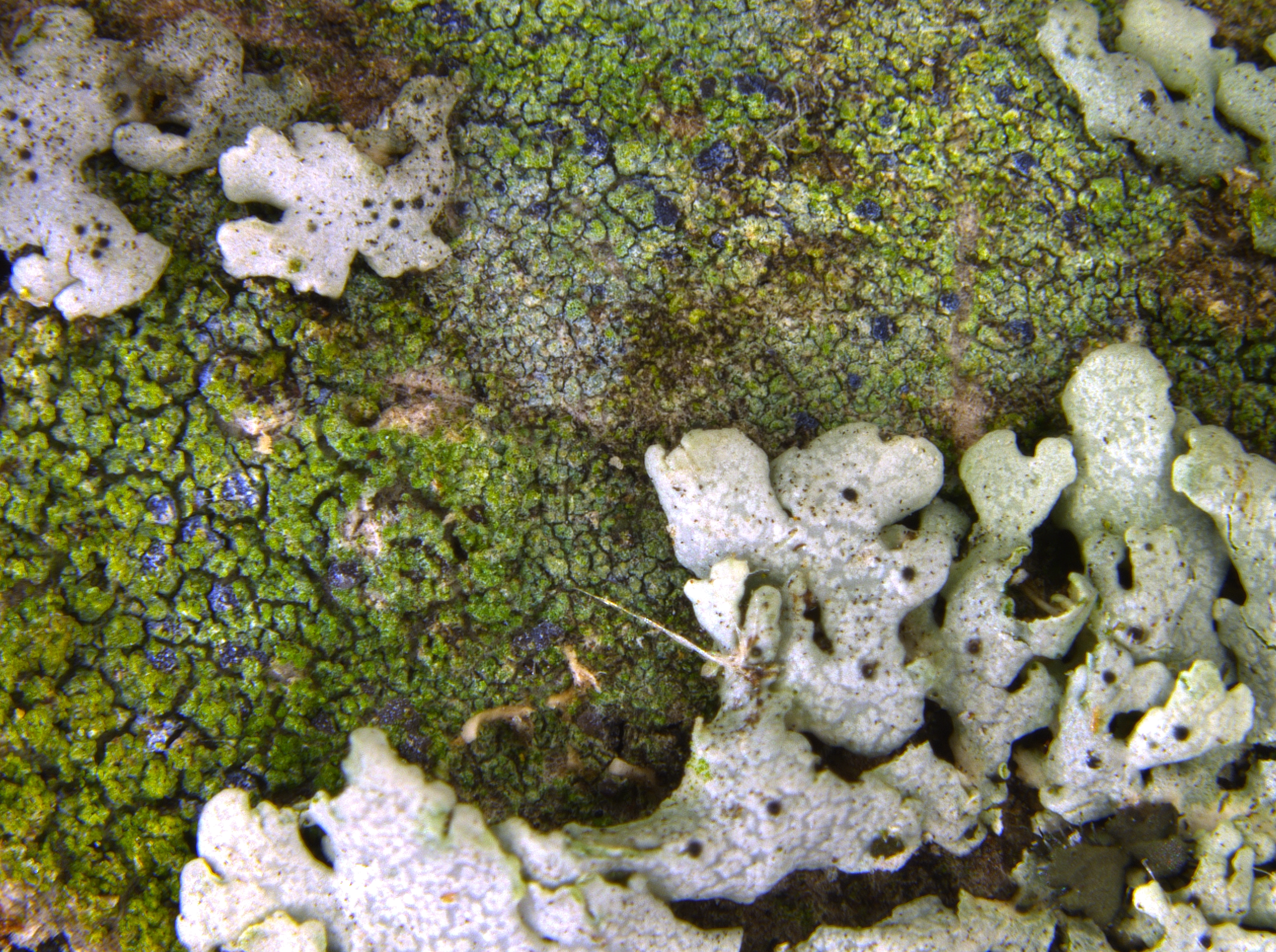 Chrysothrix caesia & Physcia stellaris
Chrysothrix caesia & Physcia stellaris
As a result of rather intensive surveys over the last 25 years, many more lichens have been collected in the same region. Some of these specimens vindicate earlier reports by Calkins, who published a local flora in 1898, but many others reflect a more recent origin. The species composition of the lichen flora continues to change. This flora of the 53-county region, a much larger area, presents 528 species of ascomycetous fungi, most of which are lichenized. Poorly collected are lichens from the central Midwest states. So, it is unclear which species in neighboring districts are here but unknown. For this reason, we are including species reported from just outside of the region to alert local students of their significance should they encounter them. Such species have been keyed out and included with short descriptions. Characterized are four ways of a lichen's inhabitancy in the region:
- 350 lichens are represented by at least one record in the herbarium at the Morton Arboretum, many collected within the past 35 years. We believe that several of these are yet to be described and have given them "herbarium names."
- Known are another 55 from other herbaria.
- Yet to be collected are another 20 lichens of reasonably reliable literature records.
- Included are 101 lichen species from just outside the region to alert students of their presence should they discover them locally, making the flora more helpful to Midwestern lichenologists.
The occurrence of lichens locally is uneven, based at this point that field studies by lichenologists are greatly dispersed. While DuPage and Cook counties, each have more than 190 species documented from them, 13 counties have fewer than 40, with an overall average of 67 records per county. So, there is a need for more floristic work locally.
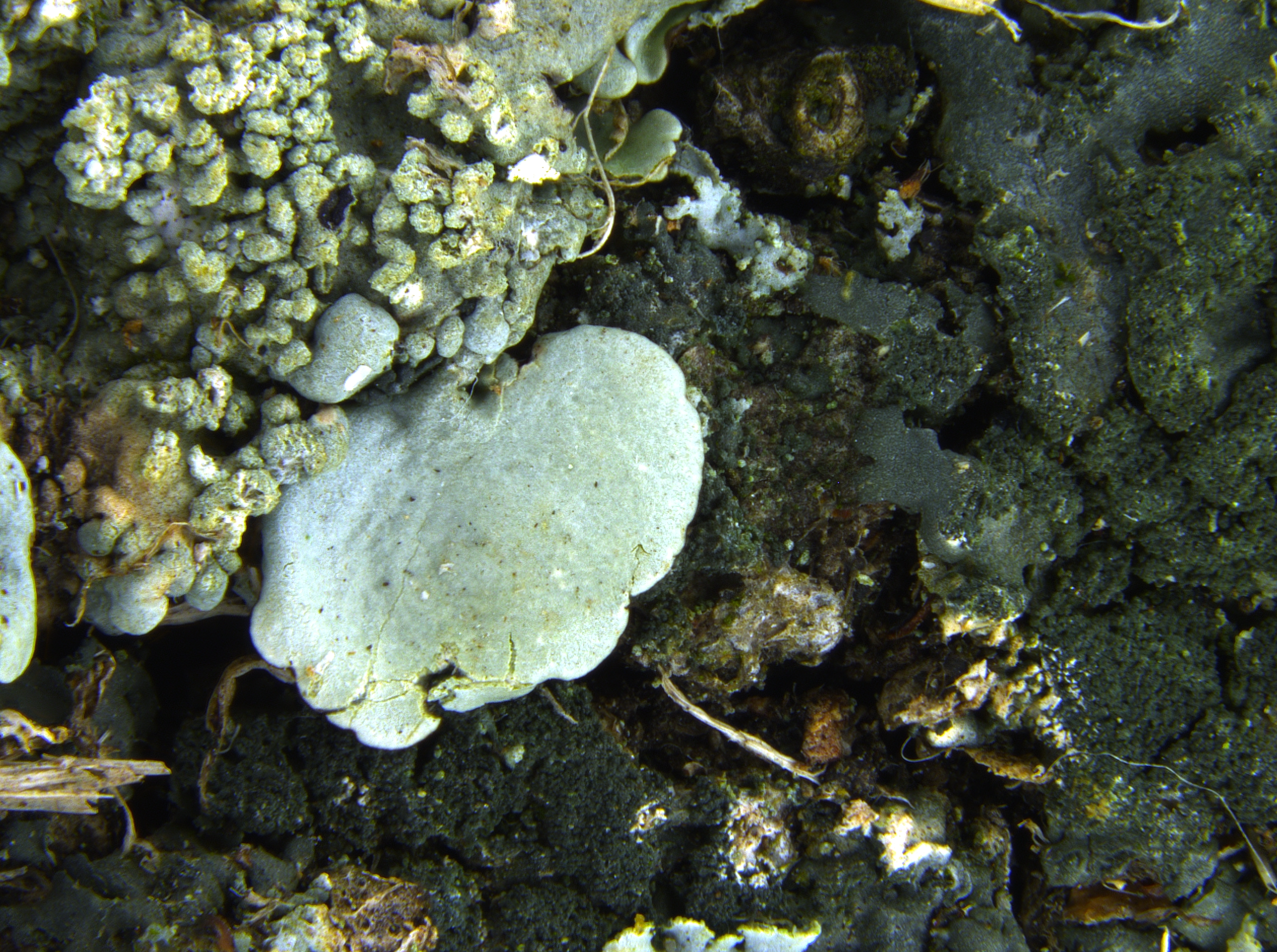 Flavoparmelia caperata & Phaeophyscia pusilloides
Flavoparmelia caperata & Phaeophyscia pusilloides
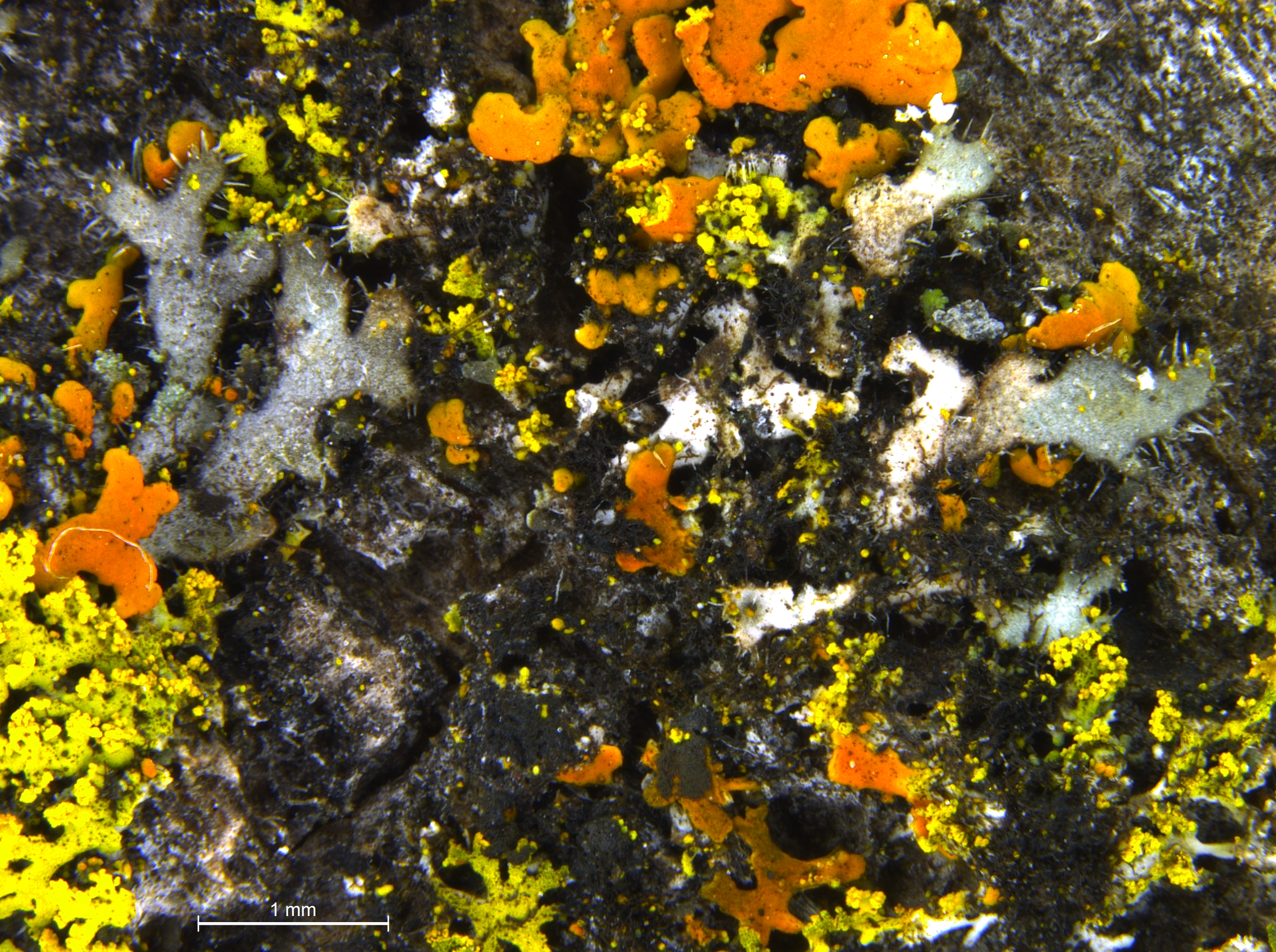 Phaeophyscia hirsuta, Xanthomendoza ulophyllodes, Candellaria concolor
Phaeophyscia hirsuta, Xanthomendoza ulophyllodes, Candellaria concolor
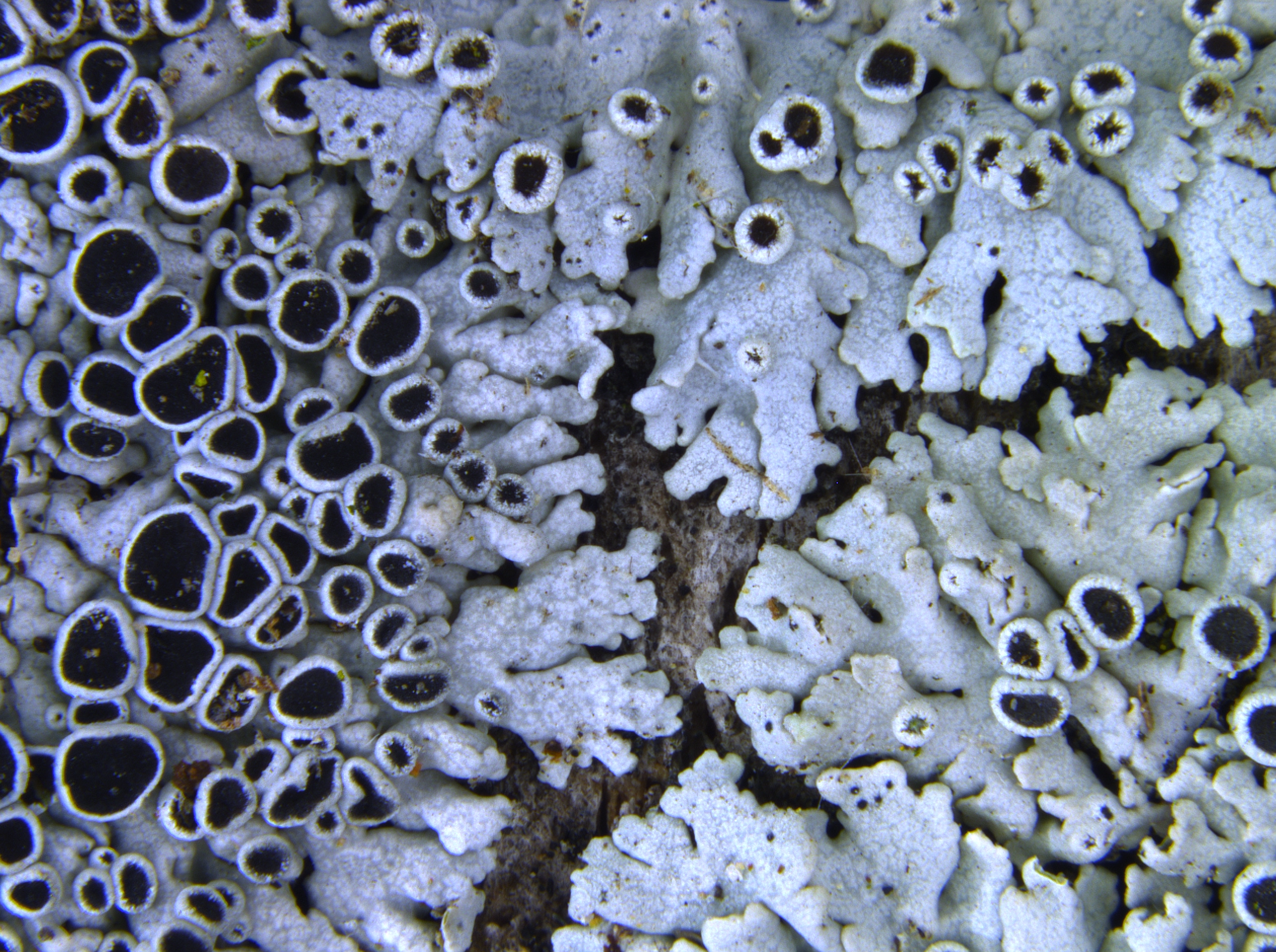 Physcia stellaris
Physcia stellaris
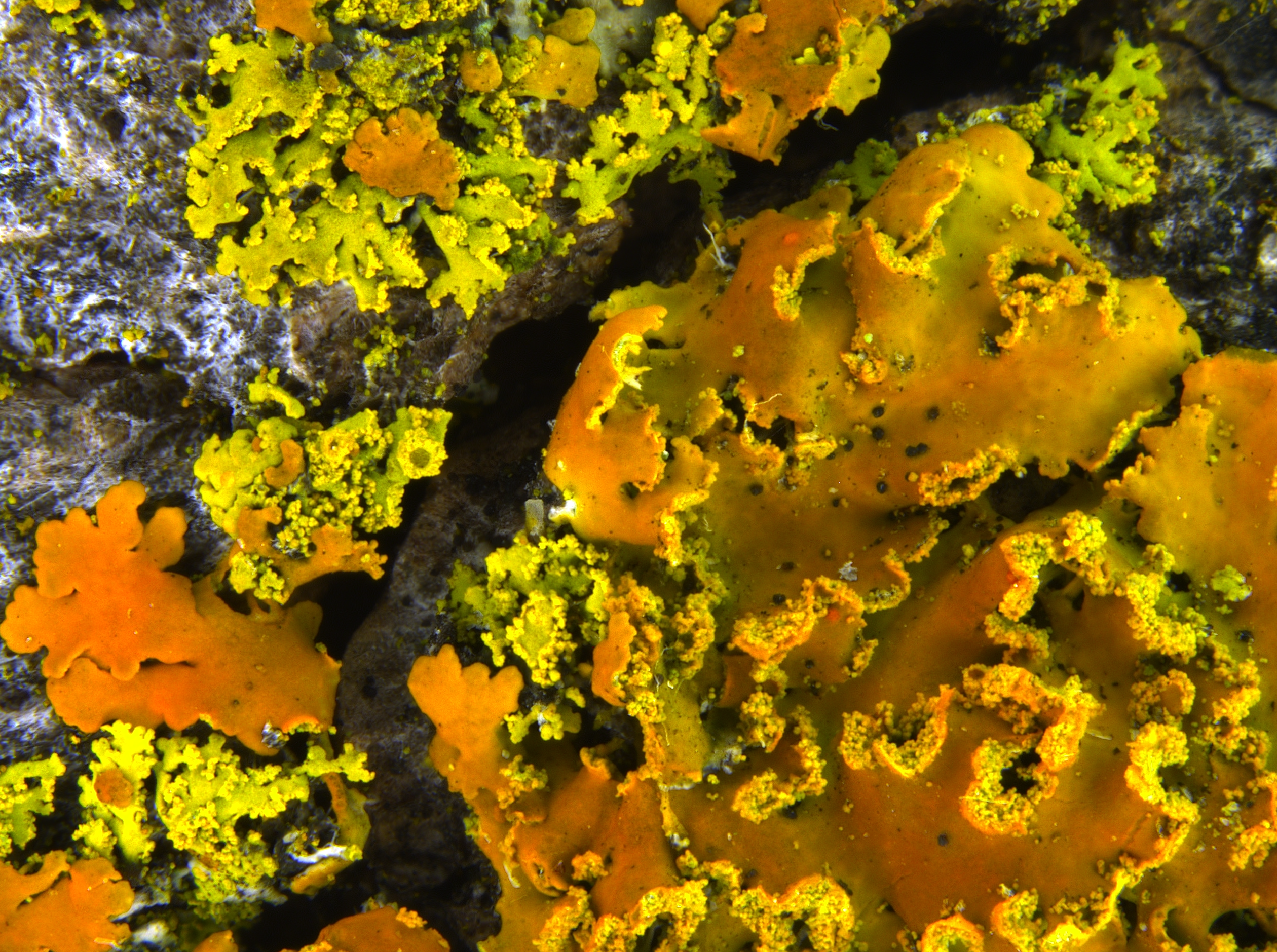 Xanthomendoza ulophyllodes & Candellaria concolor
Xanthomendoza ulophyllodes & Candellaria concolor
COMPLETED RESEARCH PROJECTS
Hypericaceae of the Chicago Region
Hawthorns of the Chicago Region
Willows of the Chicago Region
Ferns and Lycophytes of the Chicago Region
Bedstraws of the Chicago Region
Flora of the Chicago Region: A Floristic and Ecological Synthesis
After 15 years and close to 100,000 hours of work, the book was published in 2017 by the Indiana Academy of Sciences under the direction of Bill McKnight. Having thoroughly researched, detailed, and extensively illustrated the book, we hope it is everything you need to understand, love, and help care for our region.
Flora of the Chicago Region: A Floristic and Ecological Synthesis is available for purchase at indianaacademyofscience.org. The book is also available at the Morton Arboretum bookstore in Lisle, Illinois
A downloadable copy of our new illustrated glossary can be found on our EDUCATIONAL OFFERINGS page.
